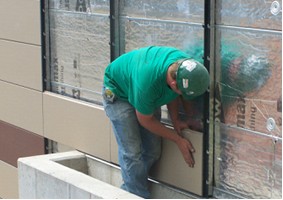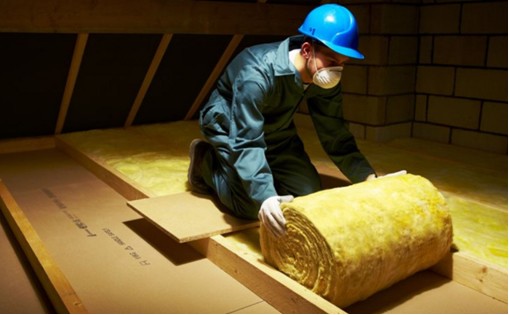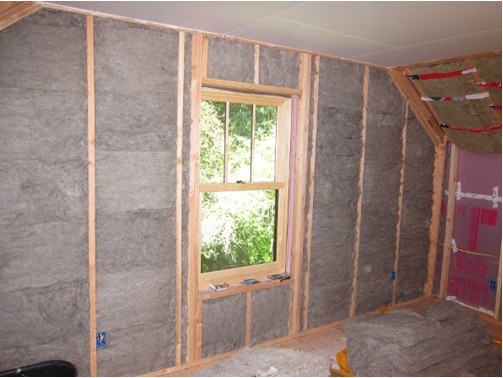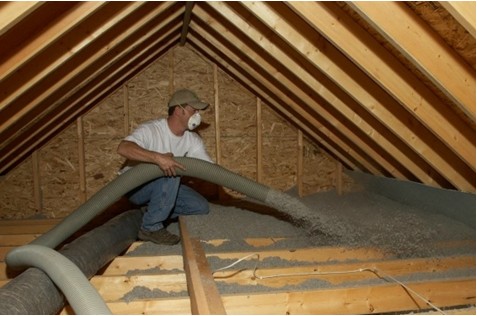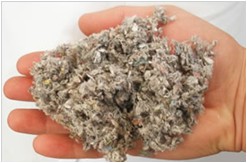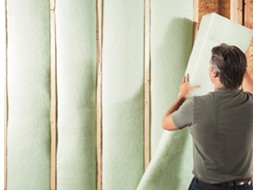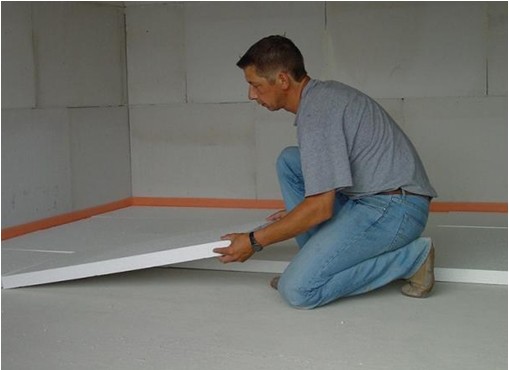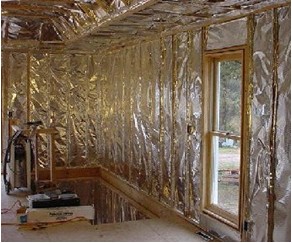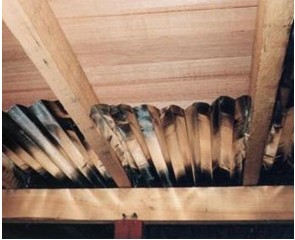
Cladding and Insulations
Cladding is the application of non-loadbearing layer on the outside of a house that is intended to protect the building from the effects of weather (e.g. water penetration, wind abrasion) and/or for aesthetic purposes. The application of cladding will have a significant effect on the environmental performance of your home. The main roles of cladding are to control the weather elements’ infiltration and the egress of water vapour, and also improve the aesthetic value of a building. The secondary roles of cladding are sound and thermal insulation, fire resistance and the access to clean the facade of a building.
The cladding options that SCS offers are:
- Reconstituted timber products
- Fibre cement
- Brick
- Timber weatherboards
- Plywood sheeting
- Steel
- Aluminium
- Composite materials
- Vinyl
Insulation is the barrier against heat flow and the implementation of insulation materials will prevent the fluctuation of temperature inside your house (i.e. warm during the winter and cool during the summer). A well-insulated home is efficient in term of the cost for cooling heating (i.e. cut heating and cooling bills by up to half) and provides year-round comfort. Consequently, the house will be more sustainable due to less greenhouse gas emissions. Furthermore, if insulation is placed between the vertical members of an external stud wall or above a ceiling, sound transmission through the wall can be reduced. In order to improve the sound reduction quality, generally thicker insulation is used. Lastly, insulation can aid in eliminating moisture problems (e.g. condensation) and waterproofing the property. The most preferable time to install insulation is during the construction stage, but SCS also offers professional insulation retrofitting services for your property. SCS ensures that the materials used for insulation are of high quality and provide the benefit of soundproofing, barrier to heat flow, waterproofing and the elimination of moisture problems.
The types of insulation that SCS offers:
- Bulk insulation
- It resists the transfer of heat through conduction and convection by relying on the pockets of air within the insulation structure.
- Examples of bulk insulation: glass wool, wool, cellulose fibre, polyester and polystyrene.
- Reflective insulation
- It resists the transfer of heat through radiation due to the properties of reflective insulation; high reflectivity and low emissivity.
- Examples of reflective insulation: sheets of shiny aluminium foil laminated onto paper or plastic, concertina-type batts and multi-cell batts.
Please Contact Us for further inquiries regarding to cladding and insulation services at SCS.










